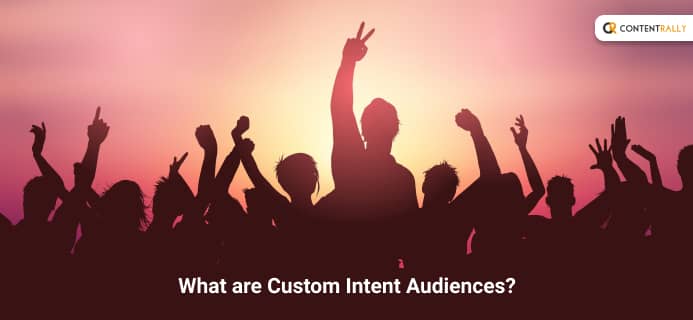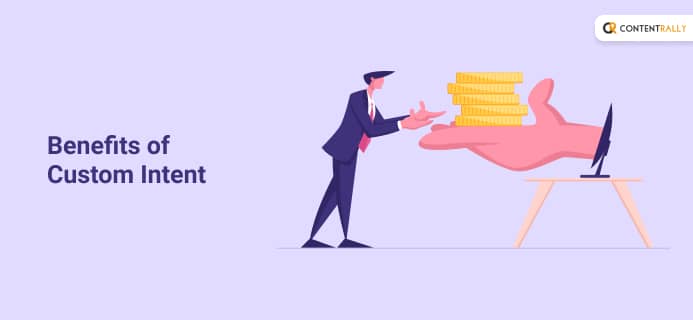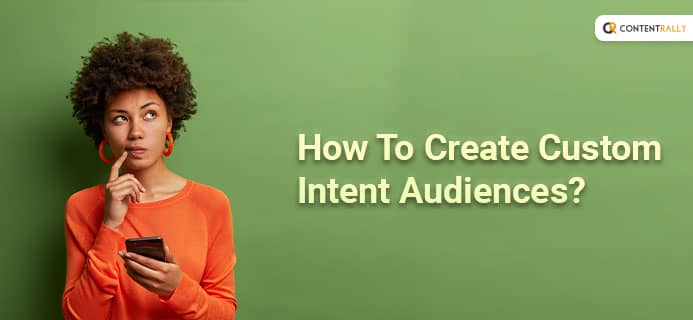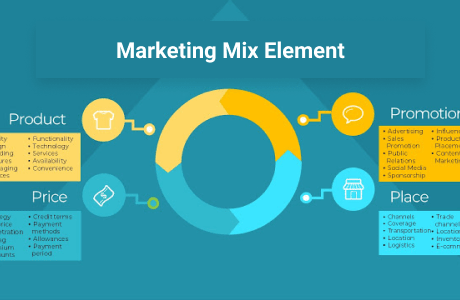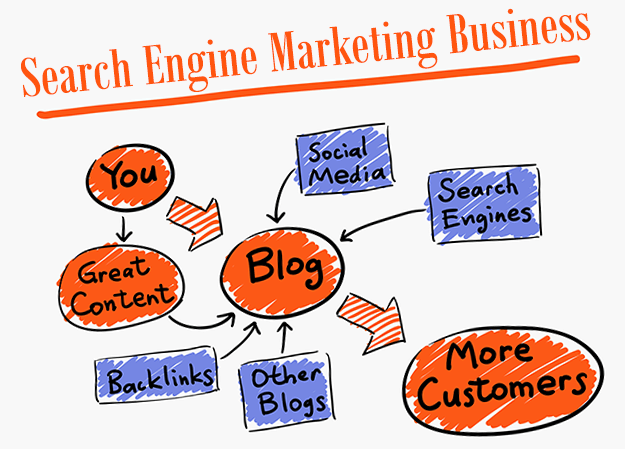Question: Which targeting option is best for influencing consideration?
- Remarketing
- Demographics
- Custom Intent
- Custom Affinity
Correct Answer: Custom Intent
Detailed Answer Of “Which Targeting Option Is Best For Influencing Consideration?”
The answer to your question “Which targeting option is best for influencing consideration?” is Custom Intent.
Custom Intent is the best targeting option for influencing consideration because it helps you to reach your ideal audience by entering apps, URLs, and relevant keywords.
According to the reports, many digital campaigns are not able to reach their target audience. To eliminate this problem, Google launches Custom Intent audiences. This program enables digital marketers to create audiences based on online behavior and relevant keywords.
Besides, you can set up this in your Video, Gmail, Discovery, and Display campaigns by adding particular apps, URLs, and keywords, related to your goods and services.
What are Custom Intent Audiences?
Now, you might be confused about custom intent audiences. No need to worry! I am going to explain in detail Google’s custom intent and its benefits in the long run.
Custom Intent audiences is a Google product that enables marketers to target individuals presently researching particular solutions, products, and topics on the web by making use of Youtube or display video campaigns.
Best Benefits of Custom Intent Audiences
Yes, there are various benefits of custom intent audiences as it lowers the waste in ad budgets and reduces the stream of irrelevant online ad experiences by targeting high-quality prospects.
Now, let’s discuss some powerful benefits of Google’s custom intent audiences.
1. Custom Intent Audience Targeting is Cheaper:
Custom Intent audience campaigns reduce the rate of CPC (Cost Per Click) to a great extent while targeting the same high intent searchers.
So, the drawback of the high intent search keywords i.e., high CPC eliminates by Custom Intent Audience. This is regarded as the best benefit of targeting options for influencing consideration.
2. Custom Intent Reduce Waste in Ad Spend
Another benefit of the custom intent audience is that it reduces waste in ad spending. This gives you an opportunity to target only the most likely customers by making use of suitable offers.
Moreover, this ad is only shown to a specific group of audiences who are interested in a particular topic related to your goods and services. This means that there are less wasted impressions when firms target unspecific niches or have too wide of a target audience.
3. Eliminates Targeting Expenses
Eliminates targeting expenses is another benefit of using custom intent audiences. As already discussed above that search ad comes with a high CPC and the targeting prospects of both are nearly the same.
Besides, responsive display ads featured in Custom intent campaigns get more click-through rates, impressions, and clicks at a lower cost.
4. Become a Thought Leader On A Given Topic
Do you want to make your business a thought leader in your particular domain? If yes, then make the right use of custom intent audiences!
You can analyze the URLs that are ranking on the first page of Google and make use of those in order to rank on the top pages of the search engine result page. Keep in mind, digital display ads with custom intent can reach the same result faster with a higher return on investment.
5. Tap Into Competitor’s Targeting Data & Advertise To Their Customers
Custom intent audiences enable you to perform competitive research to gain insights into the keywords that bring conversions to your competitor’s websites.
This way you can easily collect the data and use it for your own campaigns to target your prospect customers and increase conversion rates to a great extent.
How To Create Custom Intent Audiences?
To create custom intent audiences, you need to consider some factors that are listed below:
i). Competitor’s pages
iii). Search volume
iv). Main competitors
v). In-market keywords.
Now, the proper steps to custom intent for your business, follow the below-listed tips step by step:
- Sign in to your Google Ads Account
- Click on “Display Campaigns”
- Pick one active campaign and click “Audiences”
- Then, select an ad group and click the plus icon
- Click on the pencil icon under the browser tab
- Select the blue plus icon and create a name for your custom intent
- Now, check the potential reach of your campaign under ‘Audience size’
The Final Verdict
Custom Intent is the answer to your question “Which Targeting Option is Best for Influencing Consideration?” The above-described information explains the reasons why custom intent audiences can be used for targeting purposes and what are the benefits of the same.
You May Read Also:














